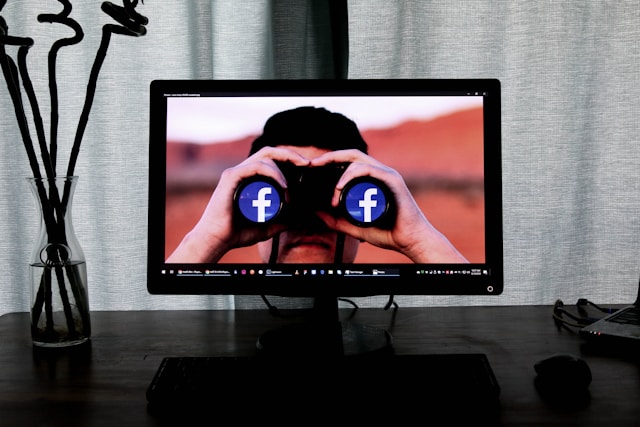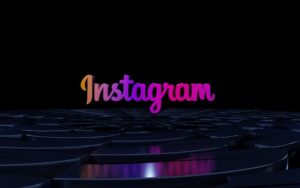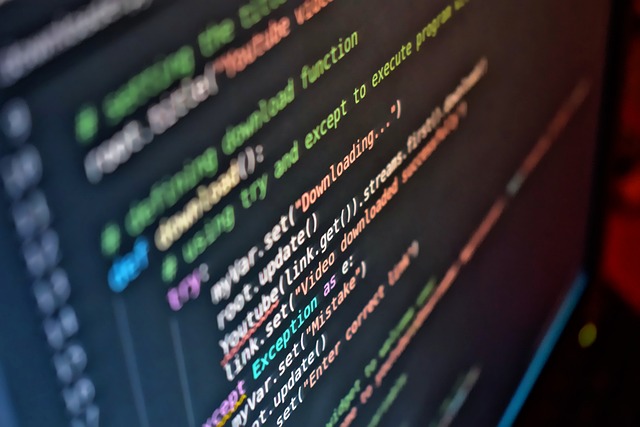Proliferation of Deepfakes in Social Media

You’ve likely heard of the phrase “seeing is believing.” But, in the maelstrom of tech advancements, this old aphorism is rapidly becoming binary code in the dust. Welcome to the era of deepfakes, where believing is no longer tethered to the ‘seeing’. In this digital age, where information disseminates with the speed of light, and social media platforms are the new public squares, the rapid spread of deepfakes is not only startling but profoundly perturbing.
“Deepfakes tug at the foundational trust we place in our senses – seeing and hearing. They are tools of illusion, pedals of misinformation and their potential ramifications are extensive.”
In this article, we’re going to pull back the digital veil that hides deepfakes, delve into their realm, analyze their relentless spread through social media, and contemplate their potential consequences. Unraveling the threads of deepfakes may seem daunting, but with your eyes wide open, you’re already initiating the first steps towards digital media literacy. So, stick with us, as we journey down the rabbit hole of this uncanny valley of reality and deception.
What are deepfakes and how are they created?
While you may still be considering what “deepfake” actually refers to, it’s already shrouding the digital world in an uncanny vale of high-tech deception. At its core, deepfakes are a product of a specific branch of artificial intelligence, built using a method known as deep learning.
The recipe for a typical deepfake includes two crucial AI algorithms. The first, known as the generator, whips up a hearty serving of convincingly realistic fakes. Meanwhile, the second, referred to as the discriminator, functions as a professional taste-tester, identifying and ironing out inauthenticities and inaccuracies in the generator’s creations. Together, they form a sort of technological tag-team unusual in its extraordinary ability to deceive and manipulate.
The troubling convenience of deepfake technology is its ability to improvise with both visual and audio elements. This means it can convincingly mimic real people, creating eerily believable pictures or videos that depict individuals doing or saying things they never did. Essentially, it’s a digital ventriloquist, capable of putting words into anyone’s mouth.
As disconcerting as that might sound, it’s important to remember that these tools are becoming increasingly accessible due to the rapid advancement of technology. This surge in tech refinement has sent waves of apprehension through communities of AI policy experts, sparking fear over the impending fallout, we may face in this new ground of potential misuse.
How are deepfakes spread through social media?
You might be wondering how these deepfakes manage to make their way into our everyday lives. It all starts with social media platforms. The user-friendly nature of these platforms makes them the ideal vehicle to quickly disseminate deepfakes. Adding fuel to the fire is the built-in algorithm of these platforms that pushes viral content, leading to an exponential increase in the spread of these creations.
Deepfakes, often embedded in seemingly innocuous posts, are shared and reshared across multiple platforms. A celebrity’s face swapped onto another person’s body might be shared for comedic value, while a manipulated political speech could be shared with the intention to mislead or cause a controversy. The disconcerting reality is that, once a deepfake is out there, it’s a monumental challenge to track and remove every instance of it.
Another notable concern is the use of deepfakes in fraudulent accounts and account takeover schemes. By impersonating the appearance and voice of a real person, bad actors create convincing profiles and engage in deceitful activities, such as soliciting sensitive information or spreading disinformation. This tactic further exacerbates the deepfake issue, extending its impact beyond just the content it creates, but also into the sphere of identity theft and online scamming.
Finally, even popular private messaging apps are not immune to the deepfake phenomena. With no public scrutiny and under the comfort of end-to-end encryption, these platforms can often serve as a breeding ground for deepfakes without any oversight.
Knowing all this, it’s never been more important for us to remain vigilant. We should cultivate critical thinking skills towards the media we consume, and adopt a discerning eye to identify potential deepfakes, mitigating their potential impact.
What are the potential ramifications of deepfakes?
Let’s dive a bit deeper into that, shall we? Imagine, for a moment, you’re scrolling through your favorite social media platform, and you stumble across a video of a world leader announcing a nuclear strike. It looks and sounds real, but it’s not. It’s a deepfake. This is just a glimpse of the possible frightening consequences of deepfakes.
Deepfakes aren’t just limited to political scenarios. The generation of non-consensual sexual imagery using deepfakes presents deeply disturbing privacy and consent violations. Cybercriminals can utilize this advanced technology to create fake audios or videos for blackmail or extortion, presenting a serious threat to individuals’ lives and reputations.
Nationally, deepfakes pose an enormous threat. Organizations such as the Department of Homeland Security and the Department of Defense have been vocal about their concerns. The potential for misuse is immense and could have grave consequences, destabilizing national security and impacting diplomatic relations between countries.
As the artificial intelligence technology behind deepfakes becomes more advanced and accessible, the risk of financial fraud also increases. Fraudsters can use deepfakes to mimic voices and faces, tricking individuals and businesses into revealing sensitive information or transferring money.
Perhaps the most troubling aspect of deepfakes is their potential to tamper with the democratic process. By creating false statements or actions of candidates, deepfakes can influence public opinion and undermine the integrity of elections. In an age where misinformation spreads like wildfire, a well-timed deepfake could cause significant damage to democratic processes around the world.
So, as we embrace the advancements in technology, we must also prepare for its dark side. Existing countermeasures like disclosure requirements might not be enough to protect the public from the potential harm caused by deepfakes. As we march into this new era of digital forgery, additional actions and regulations are necessitated to counteract this growing threat effectively.
Read more: Social Media Influencers and Their Influence on Fintech Trends
Reference: https://timreview.ca/article/1282







